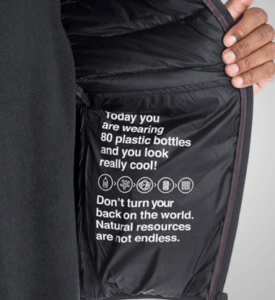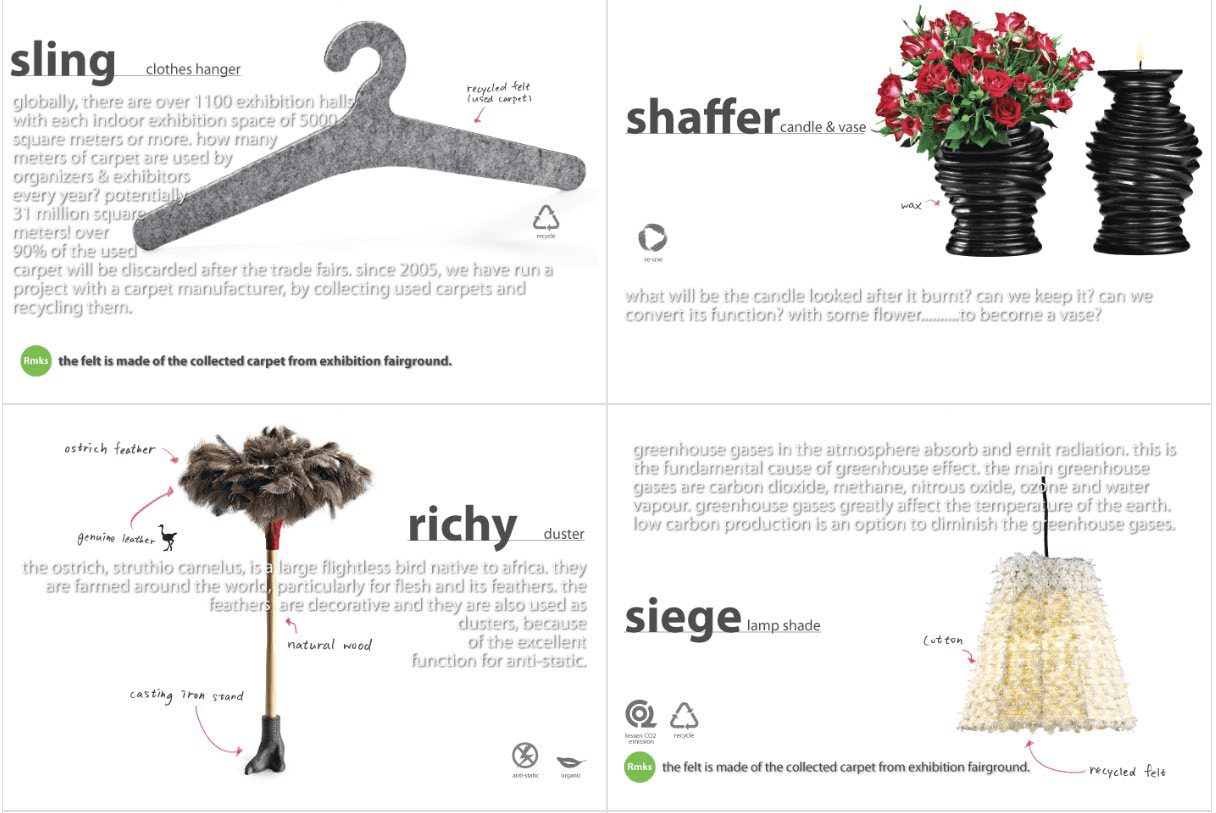Sustainable, or cheap at all costs?
Is sustainability already a decisive argument in the furniture industry today, or is it just a niche for a very limited clientele? The media presence surrounding this topic is undoubtedly growing, putting it at the forefront of consumer thinking in every respect. But do these customers also buy accordingly? Does their behaviour change, or does price ultimately come before a good conscience? Are certificates such as FSC, ECO, Blue Angel, etc. sufficient to appeal to this clientele?
Sustainability in the furnishing sector is currently being pushed even more strongly online by «pure players» (pure online shops) specialising solely in the sale of sustainably produced furniture. Their market share is small, but it is growing. These «pure players» stand in contrast to large furniture stores in particular, which are slowly but steadily giving up more space for sustainability in their product ranges.
Just how important sustainability is as an argument in purchasing decisions for residential purchases can be estimated quite well. According to the German study «Möbel und Nachhaltigkeit – Monitor 2016» («Furniture and Sustainability – Monitor 2016»), three quarters of those surveyed say sustainability is important or very important – in Germany. A PwC study from 2017 sets this figure at 73%, and it’s unlikely to have fallen in the meantime!

In addition to ecologically and socially responsible production methods and the use of natural and environmentally friendly materials, according to the same study, consumers also attach importance to alternative production methods, such as upcycling or recycling, which can be implemented with technologies such as 3D printing. Sofas were presented at a recycling exhibition last year in Amsterdam, for example, each of which was made from 3,000 plastic bags. For such environmentally friendly furniture, many customers are willing to pay more, even up to 40% more.
But where do we actually stand in terms of sustainability in the furniture industry? For some time now, I have been observing an almost disruptive change in the market when it comes to dealing with sustainability. The technical perspective, which is backed up by certificates, is increasingly being pushed into the background. The focus is now being placed on the individual impact of the individual consumer. What does it mean if I buy this product as a consumer? How many used PET bottles, for example, were actually processed to create a single plastic chair?
This approach is accompanied by a new awareness, which is resulting in the development of entire movements. #becausethereisnoplanetB and «Greta Thunberg» are real youth movements, with weekly demonstrations worldwide. Countless blogs exist on the subject, with a huge number of readers, and if you look at how many feel attacked by the 16-year-old girl, you know she has hit a sore point. Even though 70% of 15- to 25-year-olds in German-speaking Switzerland think it’s good or great that young people take to the streets to demonstrate for a different climate policy, and for 47% of the age group the Swedish strike activist is a role model, an alternative way of life (as in the 1970s) has not yet emerged. However, the majority of young German-speaking Swiss believe that research and sustaina-ble technology should be promoted. They also support state subsidies for climate-friendly investments (e.g. solar plants). The attitude of the young is somewhat more critical compared to older German-speaking Swiss when it comes to consumption restrictions such as price increases. But the level should be noted: well over 50% of all respondents are in favour of higher prices to support the environment, even up to the point of prohibition (on average 35% of respondents)!
There is therefore a great deal of agreement on the subject, but as soon as it affects someone personally, behaviour changes. Political sentiment does not (yet) go hand in hand with consumer behaviour! But I am convinced that it’s just a matter of time before this changes dramatically. It is quite possible that legislators will also make a contribution here and enforce sustainability to a certain extent.
So what are suitable solutions for successfully selling furniture within the context of sustainability?

1. The basis must be right, and this is still of a technical nature. In other words: increasing the proportion of the product range that is certified.
2. Establishing differentiation by addressing consumers directly and creating new approaches. The green design approach in product development or cradle to cradle, upcycling or zero waste, etc. are suitable in this regard.
3. Surprise the customer by disclosing the value chain and showing them how sustainable things are. H&M does this and even provides the address of the factory in Bangladesh where the T-shirt was produced.

However, all this is of little use if it is not communicated aggressively and the customer is not directly addressed regarding their impact. I like two young labels in this respect:
The Spanish clothing label Ecoalf, which was founded in 2009 by Javier Goyeneche. This company knows how to address the customer directly, personally and positively. They succeed here thanks to the far-reaching, down-to-earth commitment of the company and management.
With a more alarming approach, the Hong Kong-based label Ooobject shows the customer the environmental problems associated with each product.

Conclusion: Say goodbye to the belief that sustainability marketing can be done with certificates alone. Go further, establish direct contact with the customer, be honest, transparent and consistent. If this happens, I am convinced sustainability will become a real alternative to price differentiation strategies in the long term
